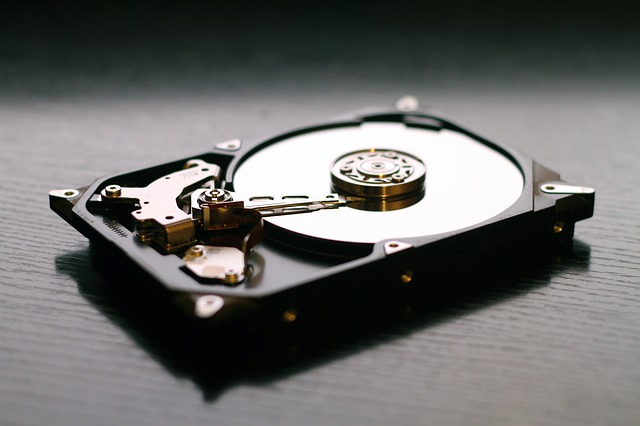Think Manually Running Hard Drive Defragmentation Is a Big Deal? Think Again
October 19th, 2016 by admin

Good news: Your IT staff can stop running regular hard drive defragmentation on your office computers. Improvements in technology have rendered this decade-old practice largely irrelevant. One less thing to worry about, as far as we’re concerned.
Hard drive defragmentation is a process in which files that have been split apart across a storage device are reassembled as contiguous, individual files.
This adjustment improves load times and reduces wear on the storage device because the hard drive only needs to “seek” or relocate the reader arm once to load an individual file. Regular hard drive defragmentation has long been considered an easy way to increase productivity by decreasing computer load times.
Modern File and Operating System Changes
That old Windows XP system you’re running in the back corner of the office still probably needs to be defragmented—but the rest don’t. From Windows 7 onward, Microsoft implemented changes that streamlined the defragmentation process. Modern Windows computers are better at keeping files together, automatically waiting for the computer to go idle to run defragging processes in the background.
Mac OS X uses a process called “Hot File Adaptive Clustering” in the HFS format that automates the defragging process when writing new data to the hard drive. You can see for yourself how jumbled the hard drive is by opening the defragmentation tool and checking the “Current Status.” Unless the drive is 10 percent fragmented or higher, there’s no need to run the tool.
Modern HDD Changes
Modern HDD technology unintentionally resolved many of the problems with fragmentation simply by expanding capacity. When saving a file, the computer searches for the largest available contiguous space to store it—and if it can’t find a space big enough, it breaks up the file into the fewest possible pieces. Less contiguous free space means those files get split up more and the situation worsens. Larger storage devices can save more data before having to split files, and they’re more likely to have contiguous available space to store a file in the first place.
The SSD Clause
Defragmenting an SSD can actually wear down the device faster. Additionally, SSDs do not need to move a physical part to seek data, so file fragmentation does not impact performance. For these reasons (and more), it’s widely recommended that SSD storage devices should not be defragmented.
Attn: Large File Power Users
Despite all the improvements in technology, power users that work with large numbers of massive data files can run into problems with file fragmentation. According to OSX Daily, this is more of an issue for pro users who work with multimedia files. Fragmentation can also be an issue on shared storage servers where many users are constantly saving and editing work. These computers and servers may need regular defragmentation.
Get in touch with ATS to take advantage of reliable IT managed services that help you make the most of your time. Old habits, including good ones, may become obsolete over time. Let us help you create better ones in their place.
Posted in: Managed IT Services, Knowledge

